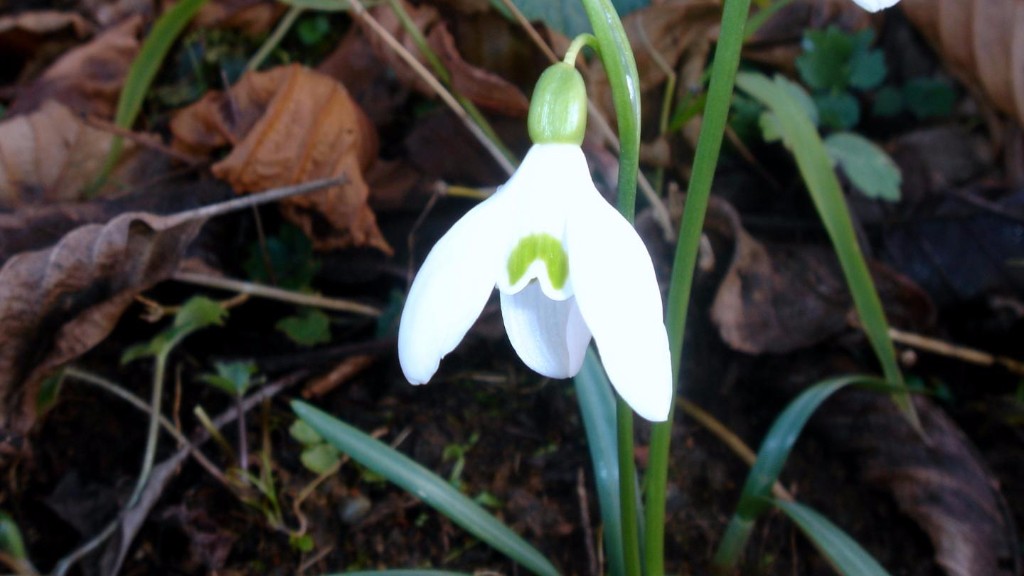
A snowdrop in bloom. Scientists from Utah State University, McGill University, Harvard University, the University of Maryland, Rocky Mountain Biological Laboratory and Boston University announce a statistical estimator that extracts meaningful measures of phenological change from modern and historical plant data.
(Image via Karduelis/Wikimedia Commons CC0)
There’s now a tool to find out whether your flowers are blooming unusually early in the season. Thanks to scores of data recorded by both researchers and citizen scientists, the new statistical estimator contrasts the time a flower bloomed over the past two centuries to observation in the present day. Study authors say that their tool can help provide new insights into how human activities have altered today’s climate and its effects on plant life cycles.
Authors:
William D. Pearse, Charles C. Davis, David W. Inouye, Richard B. Primack & T. Jonathan Davies
Corresponding Canadian author:
T. Jonathan Davies, Department of Biology, McGill University, Montréal, QC, Email: j.davies@mcgill.ca
Original paper published in Nature Ecology & Evolution on November 6, 2017.
